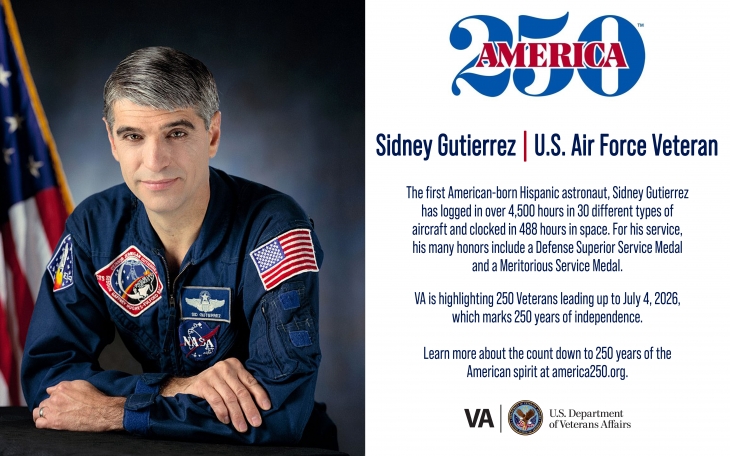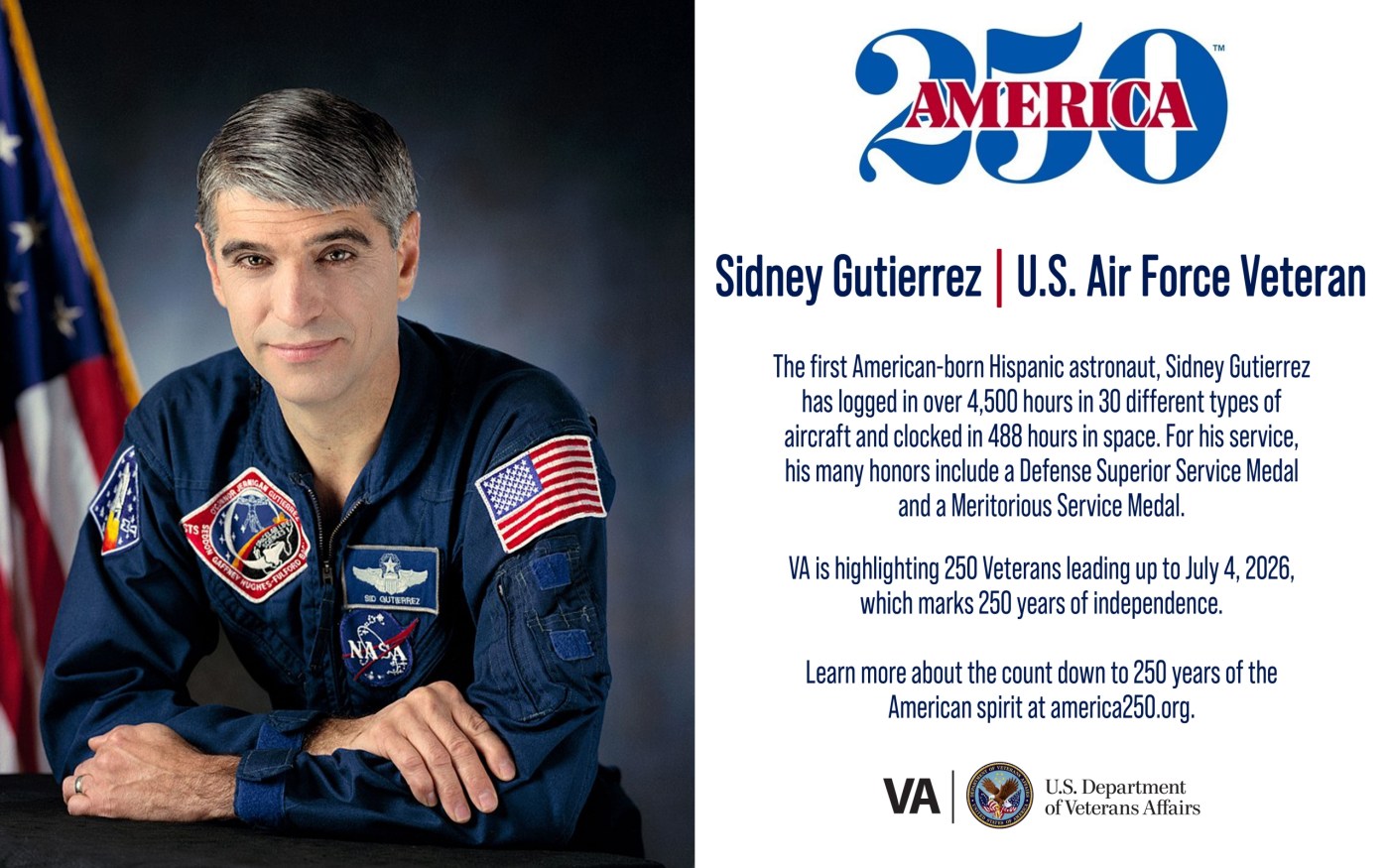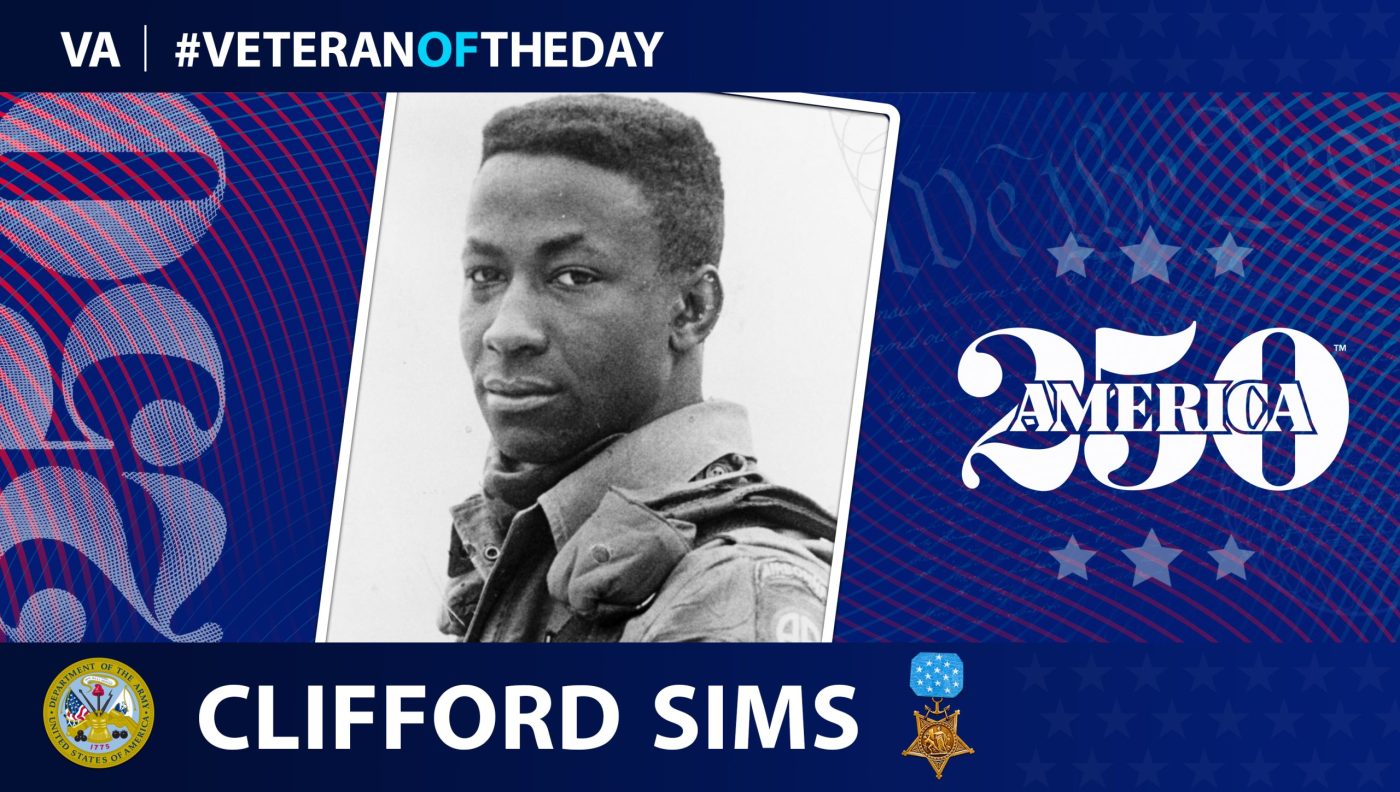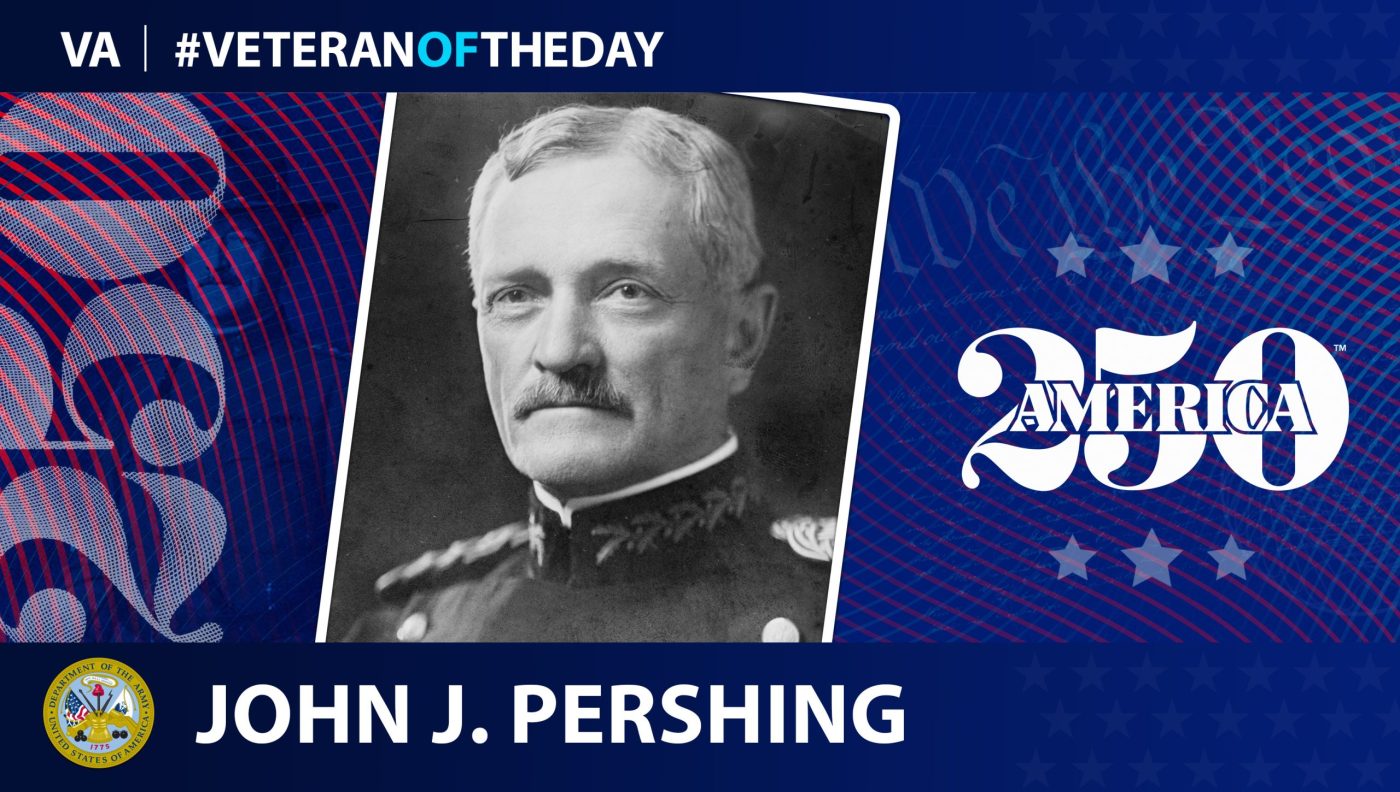
This week’s America250 salute is Air Force Veteran Sidney Gutierrez.
Growing up in Albuquerque, New Mexico, Sidney Gutierrez knew he wanted to go into space. After he graduated from Valley High School in 1969, Gutierrez attended the Air Force Academy and became an active member of the Academy Parachute Team. He logged more than 550 jumps and earned a master parachutist rating.
Following his graduation in 1973 with a bachelor’s degree in aeronautical engineering, Gutierrez went to Laughlin Air Force Base in Del Rio, Texas, for pilot training. He stayed on for two years after qualifying at Laughlin, working as an instructor.
“When you teach somebody how to fly an airplane, you [yourself] have to know how to fly an airplane,” he said during a 2019 interview for the National Museum of the Air Force, remembering his Air Force Academy advisor’s advice. Gutierrez took this advice to heart as he worked with struggling pilots and helped them succeed.
After qualifying as a test pilot, Gutierrez tested elements of the F-16 aircraft at Edwards Air Base in California. He tested electronic engine control and braking performance. He logged 4,500 hours of flight time during his work as a test pilot at Edwards.
In 1984, NASA selected Gutierrez as an astronaut. His first technical assignment was serving as commander for the Shuttle Avionics Integration Laboratory, flying simulated missions to verify shuttle flight software. Following the Shuttle Challenger tragedy in 1986, Gutierrez worked with the Presidential Commission and U.S. Congress during the investigation and oversaw safety changes made to subsequent space shuttle missions.
Gutierrez achieved his childhood dream when he went on his first space mission as the pilot of Space Shuttle Columbia in June 1994. This also made him the first American-born Hispanic astronaut in space. Columbia’s mission was the first Spacelab Life Sciences (SLS-1) assignment, which focused on how humans, animals and cells respond to microgravity and readapt to Earth’s gravity on return. Three years later, Gutierrez became commander of Space Shuttle Endeavour. The Endeavour’s mission was the study of the Earth and the atmosphere around it. According to Sidney Gutierrez’s page on the New Mexico Museum of Space History website, the crew completed over 400 precise maneuvers, a shuttle record, and recorded enough data to fill 26,000 encyclopedias.
“On my first mission, we were about 250 miles above the surface of the Earth,” Gutierrez explained at a 2018 lecture on his experience with NASA. “My second mission we inserted to the lowest orbit that human beings had ever inserted into. And we started out at 108 nautical miles and ended up below 100 nautical miles.”
In September 1994, Gutierrez retired from NASA and the Air Force at the rank of colonel, having clocked 488 hours in space. Gutierrez’s many honors include a Defense Superior Service Medal and a Meritorious Service Medal.
After retiring, Gutierrez returned to Albuquerque where he worked for Sandia National Laboratories, a national nuclear security company. He continues to lecture and speak about his experiences with NASA and as a test pilot.
Thank you for your service!
About America250
VA is highlighting 250 Veterans leading up to July 4, 2026, which marks 250 years of independence. Learn more about the count down to 250 years of the American spirit at https://america250.org/.
Contributors
Writers: Sarah Concepcion, Michael Veronda
Editors: Julia Pack, Annabelle Colton
Fact Checker: Carl Wesseln
Graphic Designer: Grace Yang
Topics in this story
More Stories
Today's America250 and #VeteranOfTheDay honors Army Veteran Clifford Sims, who was posthumously the Medal of Honor.
America250 wants you to share your story. We want to hear the story of your service and your reflections on our nation’s past, present and future.
Today's America250 and #VeteranOfTheDay is Army Veteran John J. Pershing, who became General of the Armies of the United States, the highest rank possible for any member of the United States Armed Forces.






saludos to my fellow latino from a vietnam air force vet. i salute you!
What an interesting and successful career of Mr. Sidney Gutierrez I hope earlier stories of world war two veterans are addressed also. There were a lot of unsung doughboys… ww2 vets never said or discussed even to close friends and family much. While I was part of the group starting a veterans of foriegn wars post 10218, I designed a display asking our group to submit their experiences … my few friends now passed, submitted a few rough copies. Two B17 flight gunners and one combat engineer. Their 30 pus missions were limited copies and not very clear, My friend the engineer was photographed by a journalist in Europe crossing a
prisoner over a dead American on a made bridge. I went with my friend to Palm Springs Airport and book store where he found a Life Magazine copy.
Too little is known by family members of those who served. I praised all my friends who served and now wished I had quizzed some of them before their passing.